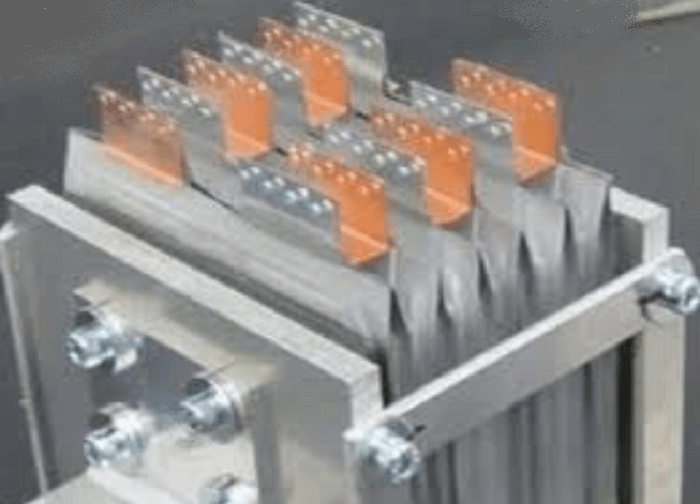Hummina Shadeeba
1 MW
https://lunacycle.com/luna-wolf-v2-52v-battery-pack/
Use a polyurethane that’s somewhat softer. I forget exactly the duro I use but confirmed to be the same resin by other places as said by bjbenterprises. This is not going to crack or fall apart.
I’ll post up specific resin I use later. A vacuum isn’t needed.
Think it’s wc-766 or maybe some other clear. I’ve done many in different resins. Even a very soft 80a duro is good if you’re just looking to hold cells together instead of building a structure.
Attachments
-
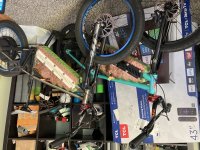 D9417EEA-7DF8-435A-9360-B0EA3BDD24AE.jpeg547.6 KB · Views: 683
D9417EEA-7DF8-435A-9360-B0EA3BDD24AE.jpeg547.6 KB · Views: 683 -
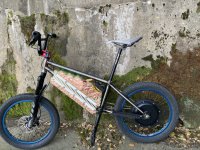 D49A38DB-5B94-4CBD-8A0D-18141DA85C91.jpeg761.7 KB · Views: 683
D49A38DB-5B94-4CBD-8A0D-18141DA85C91.jpeg761.7 KB · Views: 683 -
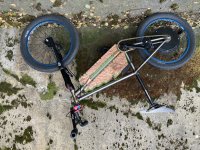 F6F3F765-D576-4C16-82F0-A60E08633C7A.jpeg761.6 KB · Views: 682
F6F3F765-D576-4C16-82F0-A60E08633C7A.jpeg761.6 KB · Views: 682 -
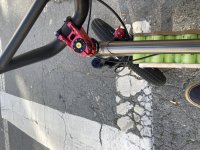 2BFA997A-43D6-4975-A05C-E7D28BBDE884.jpeg439 KB · Views: 681
2BFA997A-43D6-4975-A05C-E7D28BBDE884.jpeg439 KB · Views: 681 -
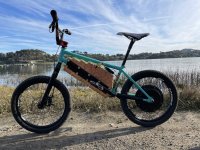 9DB67C95-FA33-4F4F-A885-491C7E60EFC0.jpeg631 KB · Views: 683
9DB67C95-FA33-4F4F-A885-491C7E60EFC0.jpeg631 KB · Views: 683



